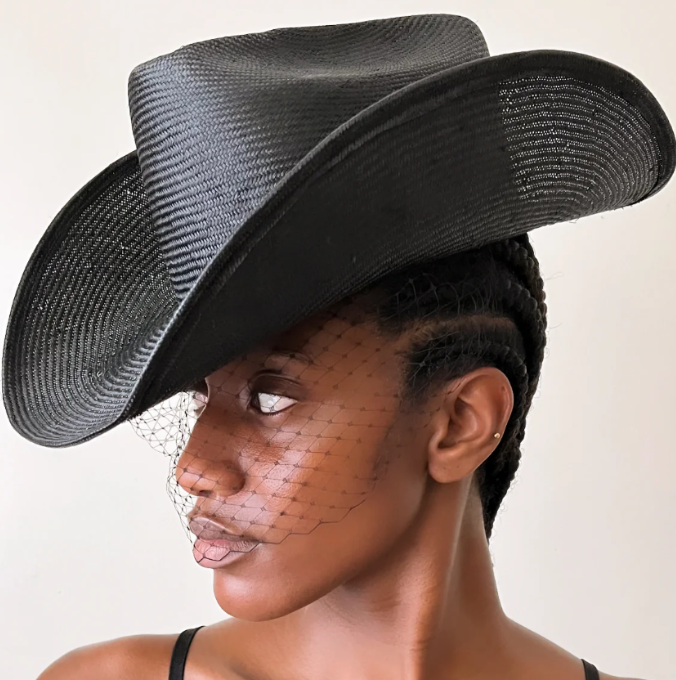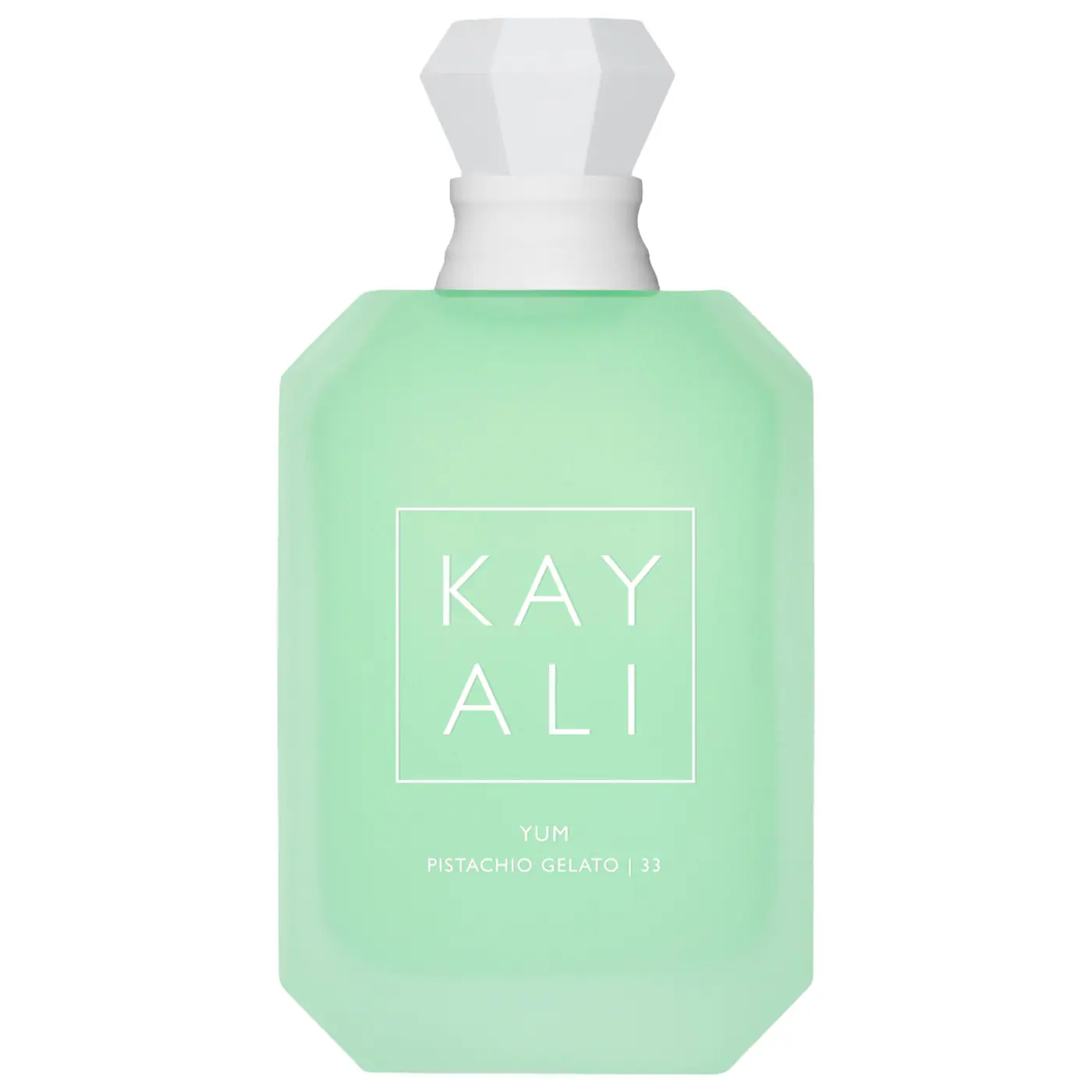
When The New York Times Magazine first published The 1619 Project, parents began asking Nikole Hannah-Jones—the journalist who conceived of the media project— if she would make it a resource to share with their children. You wouldn’t know it from listening to conservatives at PTA meetings, but there is a world of people who want to teach the children in their lives the legacy of slavery and the impact of race. Fortunately for those readers, The 1619 Project is debuting its new picture book, Born on the Water, this fall.
ESSENCE is providing a glimpse of the stunning work, co-authored by Hannah-Jones and Newbery honor-winning writer Renée Watson. It opens with a young Black girl and her family absorbing her grandmother’s lessons. “They say our people were born on the water,” the elder begins, echoing the words of Hannah-Jones’ Pulitzer Prize-winning essay for The 1619 Project. “[B]ut our people had a home, a place, a land before they were sold.”

Born on the Water isn’t just a reframing of American history; it reframes how children, especially Black children, are taught their own history. “Before they were enslaved, they were free,” the elder narrator continues.
The book then transports its readers through time, with the rich and lively illustrations of artist Nikkolas Smith helping to guide the journey. We meet laughing children in the Kingdom of Ndongo. We witness the joy of a people who dance both to mourn and to worship. We learn of the subjects they mastered, languages they spoke, and currency with which they traded in Central West Africa before their arrival on U.S. shores in 1619, when they were traded as property themselves and became chattel.
Smith borrowed from his background in illustrating the text. “The choice of everything from the vibrant color palette, to the scarification pattern motifs and varied cultural details, such as festive wear, religious rituals, traditions, comes from a desire to connect to my Central West African roots and reflect the fullness of their lives,” he shared.

With prose that reads as poetry, Hannah-Jones and Watson ensure that the weight and truth of Black American struggle are also reflected. “The legacy of slavery is shaping the lives of our children, the society in which they live, whether we teach them about it or not,” Hannah-Jones told ESSENCE. “Black children, specifically, do not have the luxury of being shielded from racism, this history, and its impacts. I have too much respect for children to believe they should be lied to— even if that lie is by omission.”
“I think we do all children a disservice by selecting which parts of history they can learn about,” Watson added. “I hope the young people reading this book become citizens of the world who are critical thinkers and empathetic change makers. I think there’s something powerful about a child understanding the world they’ve inherited and asking them to dream of the world they want to live in.”







WATCH: Susan Taylor and members of the Congressional Black Caucus travel to Ghana to pay homage to the events of 1619.
As Born on the Water editor Namrata Tripathi told ESSENCE, “the original 1619 Project gave us a way to reconsider the foundation of American identity. Picture books build a foundation for readers to understand storytelling and narrative. It seems both fitting and vital that the important work of the 1619 Project be shared in this form so that readers of all ages can be invited to understand the story of the United States and their place in it. It tells all readers, and especially young Black American readers, your story is important.”
Born on the Water, published by Penguin Random House, will be on sale November 16, 2021.






